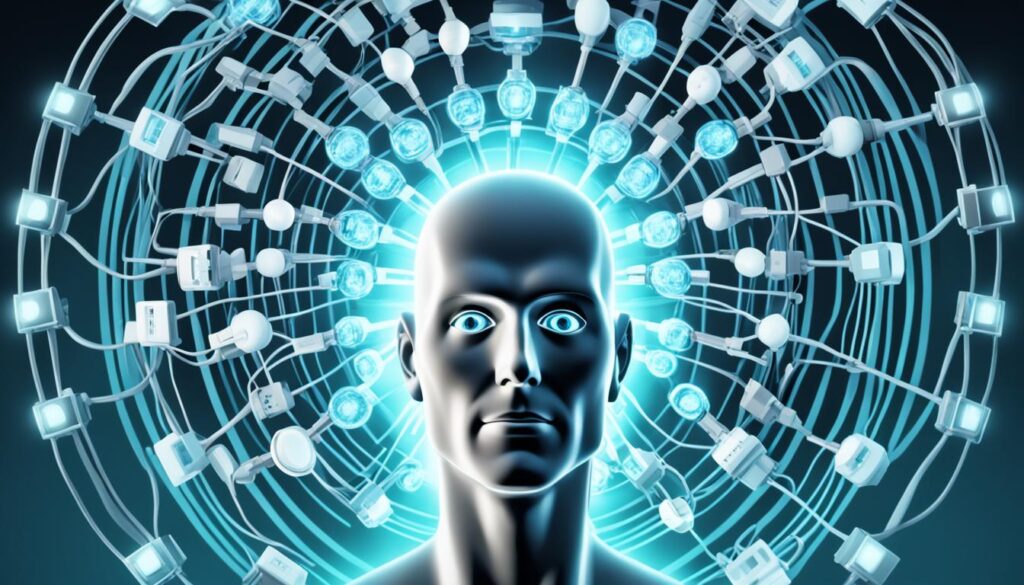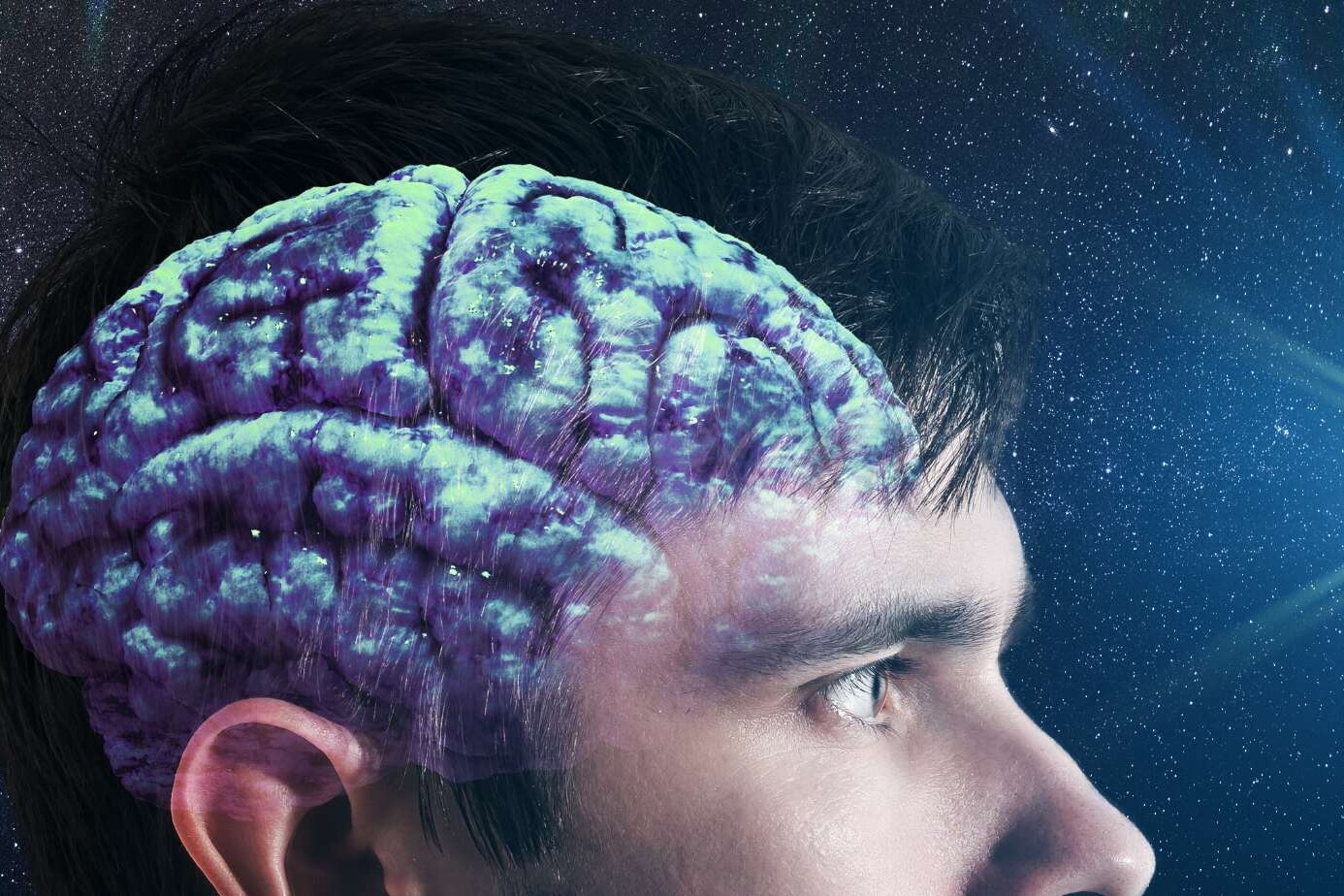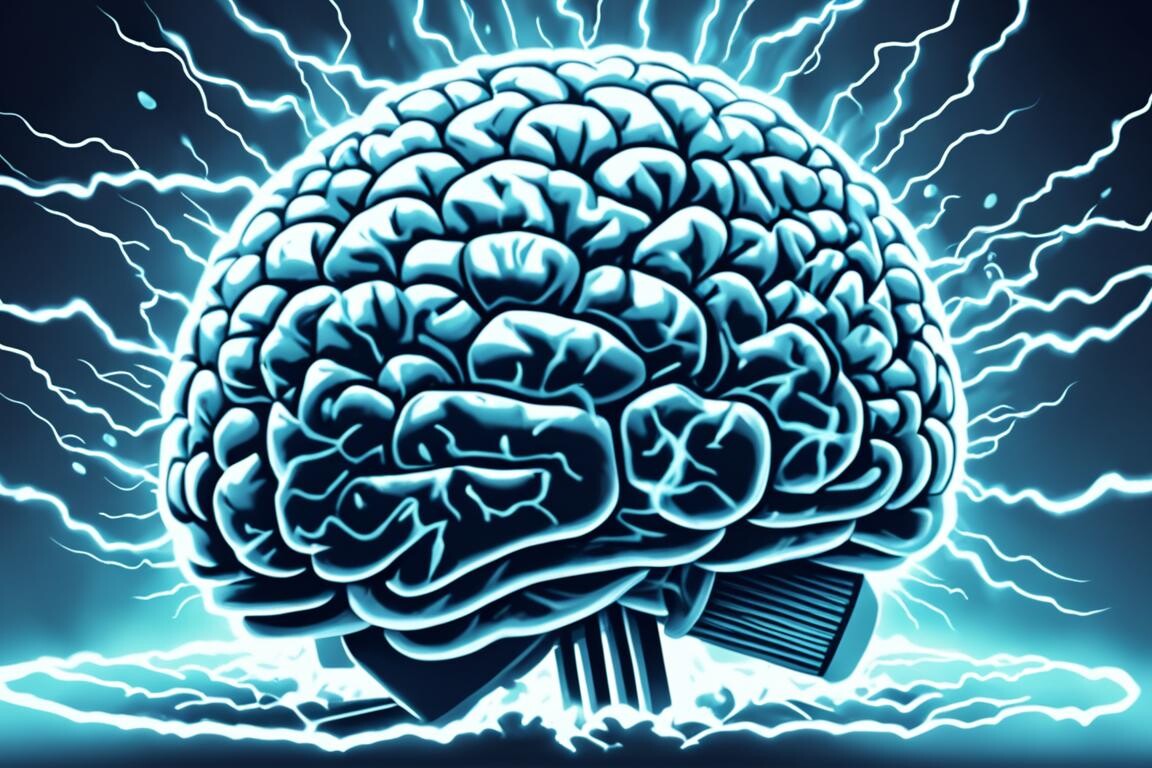Epilepsy is a chronic neurological disorder. It is known for causing seizures. These seizures are sudden and uncontrolled electrical disturbances in the brain. Finding out if someone has epilepsy and treating it are very important steps. It helps manage the condition and makes life better for those with it. In this article, we will look at up-to-date ways to treat epilepsy. This includes using medicine, precision medicine, neurostimulation, and other different treatments. Knowing about the newest methods in epilepsy care helps people with epilepsy. They can talk with their doctors to choose the best care plan for them.
Table of Contents
ToggleUnderstanding Epilepsy: Causes and Symptoms
Epilepsy symptoms is a brain disorder defined by frequent and sudden seizures. To get an epilepsy diagnosis, a person must have had at least two of these seizures. Seizures can vary a lot, but they might cause someone to lose consciousness, twitch, or see, hear, or feel things that others don’t.
Lots of things can cause epilepsy, like how your genes are made, if your brain doesn’t look right, or if the chemicals in your brain are off. Knowing what epilepsy is and its signs is key to help treat it better.
Underlying Mechanisms and Genetic Factors
Epilepsy can happen for many reasons, including what you got from your parents and how your brain works. Scientists have found some genes linked to epilepsy, like GRIN2A, PCDH19, and FMR1. Changes in these genes can affect how your brain’s cells talk to each other, leading to seizures.
Changes in DNA that turn genes on or off, like DNA methylation, are also part of how epilepsy might start. It shows there’s a mix of things from family and the world around you that can cause epilepsy.
Types and Classification of Seizures
There are different types of seizures, each showing up in its own way. Seizures are put into groups like focal-onset (from a small spot in the brain), generalized-onset (all over the brain), or seizures with a cause not found. Among these groups are many kinds of seizures, like absence, tonic-clonic, and myoclonic.
Knowing the types of seizures helps doctors find out the right treatment. It also helps in managing epilepsy well.
Pharmacological Interventions: Antiepileptic Drugs
Antiepileptic drugs (AEDs) are key in treating epilepsy. They aim to lower how often and how hard seizures happen. Medicines like carbamazepine, valproate, and lamotrigine have been around for a long time. They help a lot of people manage their seizures.
These drugs act on the brain in different ways. They control how excited brain cells get. This helps stop seizures. But not everyone finds relief with these usual drugs. So, doctors are looking into new ways to help.
Emerging and Novel Antiepileptic Therapies
Newer antiepileptic drugs have shown up. Drugs like cenobamate, fenfluramine, and perampanel work on different brain paths. They might help control seizures better. And they could be easier for some people to take.
We’re also moving towards treatments that are more personal. Tests can help doctors pick drugs that are best for each person. This means treatments are tailored to fit each patient better. These new treatments and ideas give hope. They aim to make life better for people dealing with epilepsy.

Epilepsy treatment: Precision Medicine Approaches
Precision medicine is a new way to fight epilepsy. It uses a person’s genetic and molecular details. This lets doctors create treatments just for them. Through genetic testing, doctors can find what causes epilepsy for each person. They then choose the best treatments, like special medicines or new therapies. Studies show that knowing a person’s genetic info can make their drug treatment better. This can help control seizures, lower side effects, and make life better for epilepsy patients.
Personalized Treatment Based on Genetics
Precision medicine also means making treatments for certain types of epilepsy. Diseases like Dravet syndrome and Glut1 deficiency have their own epilepsy issues. Thanks to research, we have treatments like fenfluramine for Dravet syndrome and the ketogenic diet for Glut1 deficiency. These have shown they can help with seizures and the general health of those with these conditions. So, by understanding a patient’s genetics and metabolism, doctors can offer better epilepsy care.

Neurostimulation and Device-Based Therapies
Neurostimulation and device-based therapies are now options for those with tough-to-treat epilepsy. These new methods focus on key brain pathways. They aim to control how nerves act and lower seizure risks. This gives new hope to those who haven’t done well on normal epilepsy meds.
Vagus Nerve Stimulation (VNS)
Vagus nerve stimulation (VNS) uses a method where a small device is put in. It sends small electric shocks to the vagus nerve. This nerve is important in your body’s automatic responses. Studies show VNS can lower how many seizures someone has. This is especially true for those with certain types of seizures. VNS seems to work by changing how brain cells interact. This makes fewer seizures happen.
Responsive Neurostimulation (RNS)
Responsive neurostimulation (RNS) is another new way. It uses a special device that watches brain activity all the time. It gives a small zap if it sees signs of a seizure starting. This custom approach helps stop seizures early. It’s designed for people whose seizures don’t get better with medicines. Research shows it can help lower seizure numbers and make life better for these patients.
Deep Brain Stimulation (DBS)
Deep brain stimulation (DBS) tackles epilepsy in a different way. It puts tiny electrodes deep in the brain. These electrodes send small, controlled electric pulses. The goal is to change brain activity and stop seizures. DBS is helpful for people with hard-to-treat seizures. For them, regular meds might not work. It’s shown in studies to cut down on seizures and improve life for those with ongoing epilepsy challenges.

Dietary and Alternative Treatments
Along with medicine and devices, people have looked at using food and other options to help those with epilepsy. One choice is the ketogenic diet. It’s high in fats and very low in carbs. Many use it, especially kids, when other medicines don’t work well enough. This diet can help put the body into ketosis. This state can lower the number of seizures.
There are also other food plans, like the modified Atkins diet and the low-glycemic index diet. They have shown they can also cut down on seizures. And all these diets can help people with epilepsy feel better overall.
Ketogenic Diet and Metabolic Therapies
The ketogenic diet is known for its success, especially with kids, in stopping seizures. It’s all about eating high fat and very low carb to reach ketosis. This state is good at making seizures less frequent. Not just this diet, but others like the modified Atkins and low-glycemic ones are showing they can do the same.
These diets might make life better for people with epilepsy.
Complementary and Integrative Approaches
Many are looking into natural and alternative ways to help with epilepsy. This can include herbs, practices like yoga, and acupuncture. These things, along with mind-body methods and a diet change, might help. They seem to lower the number of seizures and make life better for those with epilepsy.
But, always keep your doctor in the loop, especially if you’re taking medicine. These natural ways might affect your drugs.
Conclusion
Epilepsy is a complex brain disorder. It needs many treatments to manage. Today’s medicine has a lot to offer. There are many ways to help, like medicine, special diets, and new devices.
Understanding epilepsy’s causes and seizures is key. This lets doctors work closely with patients. Together, they create personal plans. These plans help control seizures better and improve life.
With the best care, people with epilepsy can do a lot. They can live full lives. Working together with doctors can make a big difference. The future looks bright for managing epilepsy.
FAQ
What is epilepsy?
Epilepsy is a chronic neurological disorder that causes repeated and sudden seizures. These seizures are uncontrolled electrical ‘storms’ in the brain.
What are the symptoms of epilepsy?
Seizures show up in different ways. Some common signs include losing consciousness, body spasms, or strange feelings.
What causes epilepsy?
There are many causes, such as genetic factors, issues in the brain’s structure, and changes in brain chemicals and metabolism.
How is epilepsy diagnosed?
Diagnosing epilepsy needs at least two seizures, according to the International League Against Epilepsy rules.
What are the different types of seizures?
There are different types of seizures. They can be focal, with activity in one part of the brain, or generalized, affecting the whole brain. Some seizures don’t fit into these groups.
What are the main treatments for epilepsy?
Treatments include medicines, individualized care, therapies that stimulate the brain, and special diets. These focus on controlling seizures.
How do antiepileptic drugs work?
A: Antiepileptic drugs affect certain parts of nerve cells to help keep them stable. This helps prevent seizures.
What are some of the newer antiepileptic medications?
Some new antiepileptic medications are cenobamate, fenfluramine, and perampanel. They target new brain pathways to maybe control seizures better.
How does precision medicine help in the treatment of epilepsy?
Precision medicine uses genetic and molecular details to make treatments just for each person. This can make therapies more effective.
What are some of the device-based therapies for epilepsy?
For some, therapies like vagus nerve stimulation and deep brain stimulation can help. They work by stopping seizure signals in the brain.
What role do dietary and alternative treatments play in managing epilepsy?
Special diets and alternative treatments like herbal medicine or acupuncture can support regular treatments for epilepsy.
About The Author

This article is medically reviewed by Dr. Chandril Chugh, Board-Certified Neurologist, providing expert insights and reliable health information.
Dr. Chandril Chugh is a U.S.-trained neurologist with over a decade of experience. Known for his compassionate care, he specializes in treating neurological conditions such as migraines, epilepsy, and Parkinson’s disease. Dr. Chugh is highly regarded for his patient-centered approach and dedication to providing personalized care.
→ Book a consultation to discover which remedies suit your needs best.




